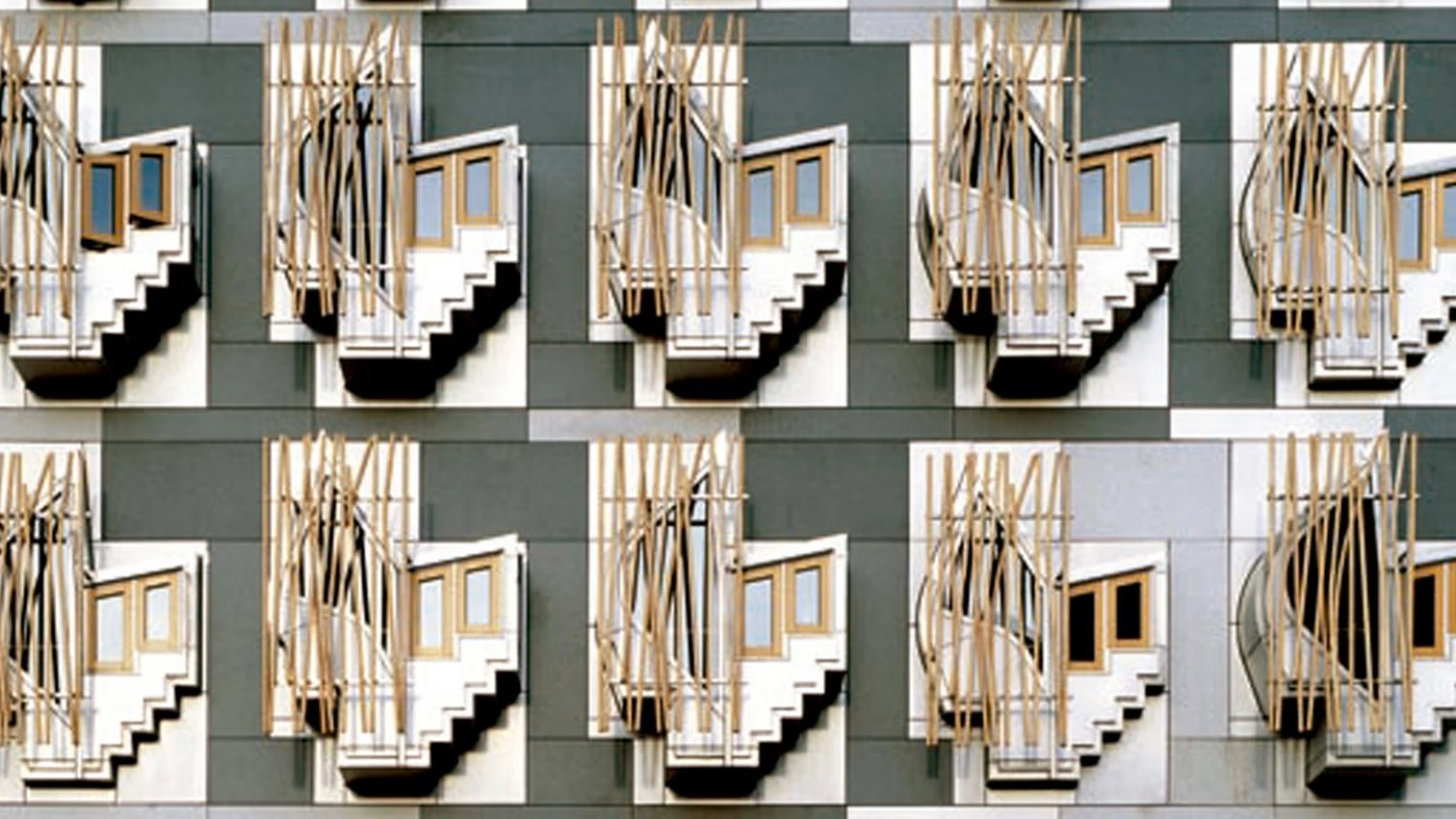
Spain exports; but above all, Spain imports. If there were an architectural balance of trade, undoubtedly ours would show a deficit. We like to think that Spanish architects are experiencing a sweet moment of international recognition and, certainly, the success of the transition to democracy and the flair of the 1992 events drew attention towards this peripheral peninsula, that displayed itself with pride on the catwalk of Olympic Barcelona. However, the popularity gained since then – evident in the frequent appearance of Spaniards in exhibitions, awards and magazines worldwide – has not brought a similar participation in competitions, projects and works abroad. Both the slim economic presence in other countries – however much the Latin Americans or Portuguese may resent aggressive entrepreneurial assaults – and the weak diffusion of our culture make of Spanish architecture an exportable yet scarcely exploited asset.
In contrast, the generous openness of our borders to exterior talent has been almost complete, with a refreshing effect on the aesthetic debate and the unexpected result of having turned Spain into a fertile ground for experiment, where many of the big names of contemporary international architecture –including stars like Gehry or Eisenman – have built their most important works. This cosmopolitan fervor for the free circulation of excellence has not had, however, a solid support in what could have been an open competition for professional services, but a more fragile foundation in the resort to the prestige or popularity of architects to mask urban strategies or to reinforce political advertising, topped off by the fact that some of these architectural imports leave behind the suspicious smell of smokescreens or the withered perfume of the media fanfares of spectacle and fashion: both scents of corrupt flowers.
The energy with which the American, British, French or German financial and diplomatic muscle promotes its architecture cannot be compared to the spasmodic efforts of the Spanish companies and institutions, which force architectural offices into the uncertain adventure of the enthusiastic sniper. Most architects that have completed significant projects outside Spain’s frontiers have done so after placing their professional center of gravity abroad, either establishing their practices there, or living out of the country for long periods. In fact, some of the works we feign to export are carried out in international offices, though the origin or education of their directors allows a nationalist appropriation of their production. But, aside from its artistic dimension, architecture has an economic ingredient that only the ingenuity of cosmopolitan angelism can scorn: the defense of this interest excludes as much half-witted provincialism as faint-hearted protectionism.





